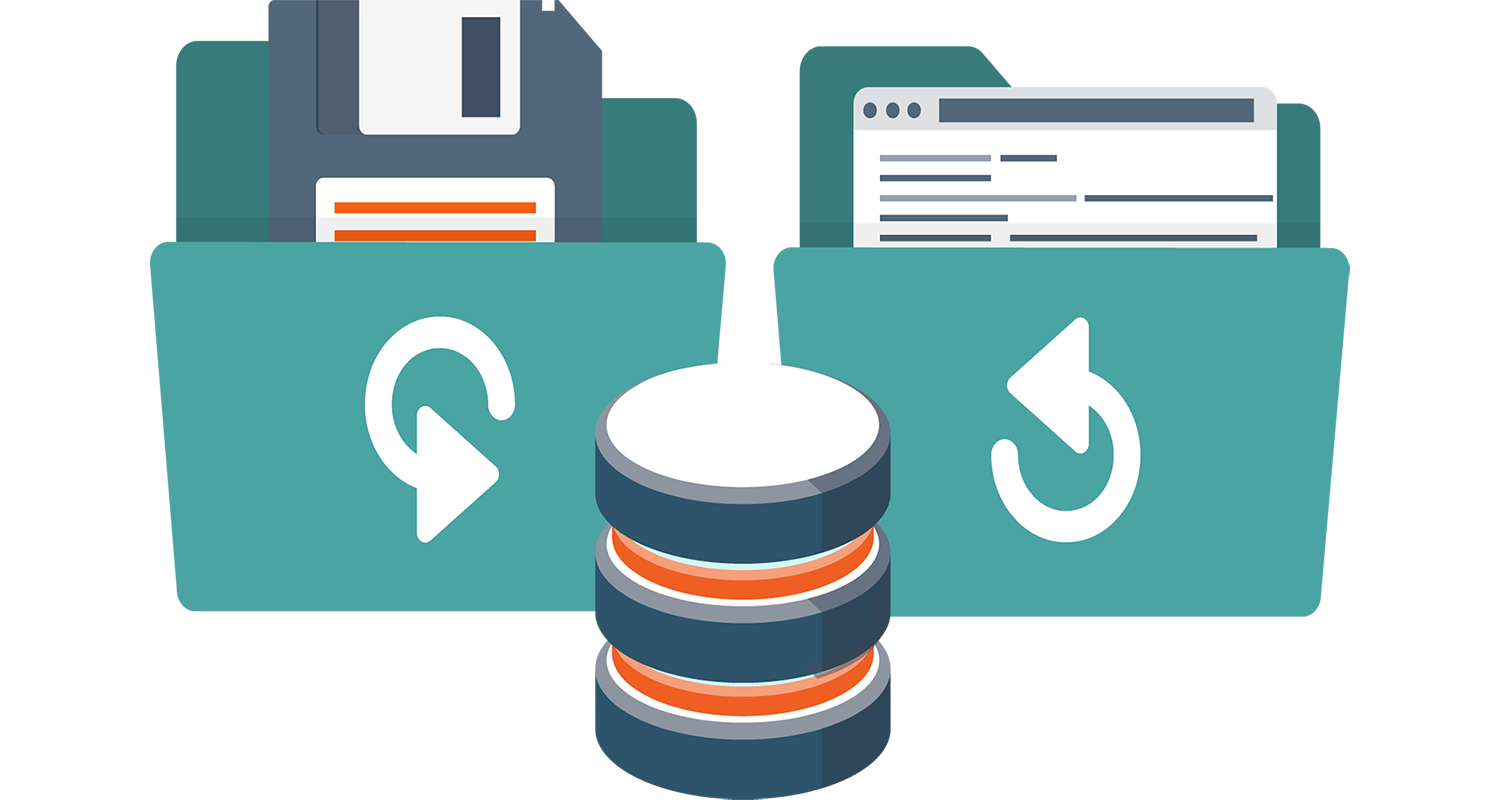Getting A CMMS For Your Small Business – Advantages And Disadvantages

In a world where innovative technologies are emerging at a rapid pace and competition is becoming fierce, it makes little sense for small businesses to allot their limited resources to perform maintenance-related operations manually.
If you find your business delivering inconsistent quality work, inefficiency while tracking performance, and your valuable staff members always solving manual operations than their designated job, then consider using cmms.
A type of work order software, Computer Maintenance Management Software (CMMS), helps to maintain a database of information on a company’s maintenance operations. The software enables the maintenance department to organize, track, automate, and execute multiple tasks.
Improving operational efficiency, reducing business costs, saving time and resources as well as some delivering a high return on investment (ROI), the integration of CMMS can significantly enhance your business operations.
Before selecting the software, you should decide whether you have sufficient workload and an adaptable team; otherwise, it can result in expensive ventures.
Given below are the advantages and disadvantages of CMMS that will help you determine whether you should invest in such a system:
Table of Contents
Advantages of using CMMS
If you are wondering which areas of your business can improve, check out the list given below:
Helps with Asset Management
With CMMS, you can effortlessly document an asset’s data, including its purchasing date, expected lifetime, warranty, specifications, maintenance activities, and service history.
Rather than going through the paper files, you can access the asset’s data in its profile, which you can create in the software.
The software also provides features such as service contracts, service history, additions, modifications, and spare parts, which will allow you to keep track of the asset condition.
With this proactive approach, assets that are approaching the end of their usage can be replaced in advance rather than being taken off-guard due to unexpected failures.
Tracks your Work Order
Using CMMS, your maintenance staff can plan, schedule, and assign work to the relevant technicians. By arranging work orders in a hierarchy, each of your staff member knows what tasks need to be completed and who is responsible for them.
As soon as employees finish their assignments, notifications are sent to their respective managers automatically. Such restriction to work order closure in a hierarchical order enables your admins with proper oversight at the facility.
Manages Inventory
Another benefit of CMMS is that it helps to organize and track inventory. It enables you to track specially ordered items, the location of parts and materials, and determine whether the items are stocked or not.
This system also helps in providing information about the cost of an item or its substitute.
Some control modules of CMMS inventory helps to notify the maintenance teams regarding the availability of tools, tracking these tools movement, monitoring them, and assigning them to the workers.
Reduces Downtime
As a business owner, you know that downtime in your daily operation can be severely detrimental to your organization. If it occurs more often, your employees, especially those working in the IT department, can be demotivated to work.
It also harms your brand’s reputation as customers can lose faith in your company’s services. Hence, to reduce the equipment downtime, you should focus on planned and preventative maintenance.
With CMMS, the repair costs of your business are reduced. Also, your structures and assets are less prone to breaking down as the software maintains them regularly.
Ensures Safety
If your business continually faces safety, environmental or other government regulation concerns when it comes to inspecting and repairing equipment, consider using CMMS. This system promotes safety on site by managing permits for easy access and sharing.
The software can help companies to stay compliant by keeping worker safety procedures, tracking the material safety data for hazardous material, and maintaining safety standards for flammability health and emergencies.
Enhances Productivity
As a small business owner, you know the productivity of your team is the key to success.
Hence, by using CMMS’s mobile feature, your maintenance department can conveniently access real-time information, check inventory, and trigger work orders without wasting time on commuting.
The system also provides them with specific details regarding the procedures, parts, and tools, enabling them to perform their job without any delays and interruptions.
Disadvantages of CMMS
High Upfront Cost
One of the major setbacks for small businesses when integrating CMMS is its initial capital. If you have a low budget, you may want to reconsider investment in CMMS as it also involves investment in the latest tools and equipment to carry out the maintenance jobs.
However, in recent years the scenario has changed. As there’s an increase in cloud-based providers, monthly subscriptions of CMMS offerings have become an affordable and viable option for small businesses.
Time for Adoption and Implementation
Implementing a new CMMS framework often takes more time than budgeted. In a small business, it becomes a little challenging to bring every part of the company in line with proper coordination.
As small businesses are volatile, adapting to a new framework can become cumbersome for a short-staffed organization. Hence, before migrating your business to CMMS, take your business complexity and setup time into account.
Requires Training
After buying a CMMS, you also have to train your employees on how to operate it. This can act as a double-edged sword for your business.
On the one hand, you have a smaller staff to train, on the other, each hour your resources are training is an hour they are unavailable for their assigned task.
In large businesses, multiple employees with the same skill set are available. Hence, they can allot who can work on the tasks for unavailable ones. But in smaller firms, there’s no one to pick up the slack.
Though training an employee to learn a software seems unreasonable when you have tight deadlines, it can especially help you in the long run.
Lack of Goal Setting
Merely buying CMMS isn’t going to solve your problem. As a small business owner, you need to have clear expectations as to what you want to accomplish after buying the software. Having vague objectives such as “saving money,” “increasing productivity,” “fixing machines” can only lead to unsatisfactory results.
Hence, having clear goals such as “increasing the lifespan of assets to X years, reducing the labor cost by X percent, reducing possible downtime to X hours”, can provide a clear picture of whether the investment was a failure or success.
Conclusion
Though CMMS comes with some disadvantages, the benefits of implementing it outweigh them. If you aim for your business to function faster, better, and smarter, all the while achieving a more significant ROI, then consider investing in cmms today.





